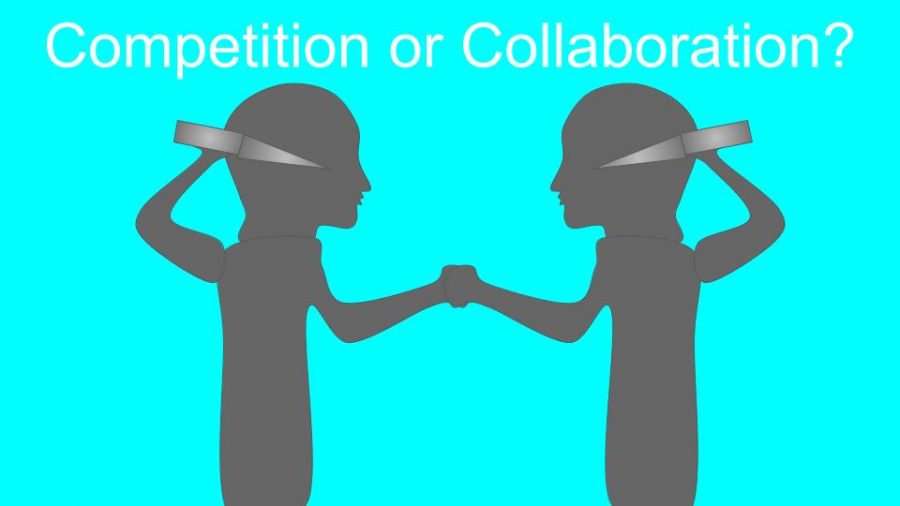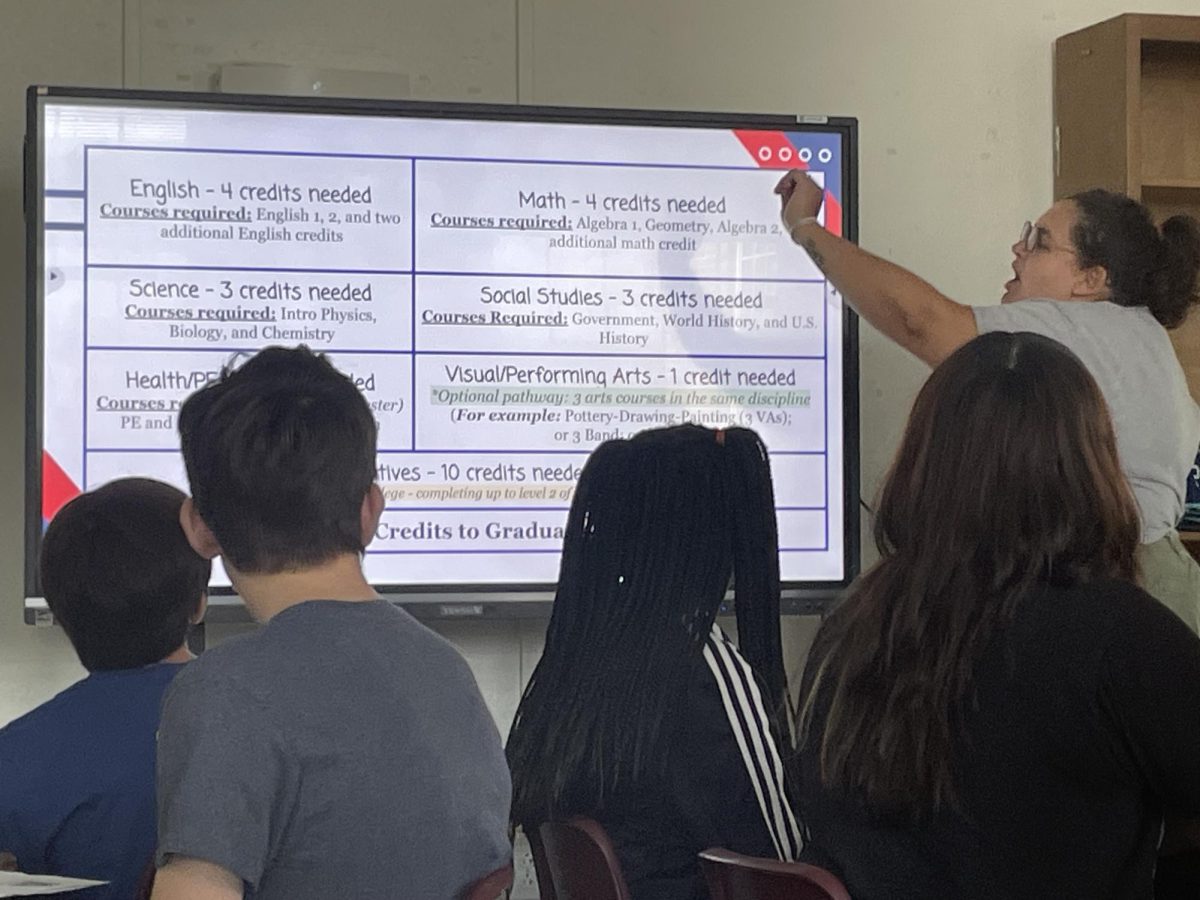Competition or Collaboration?
February 27, 2018
What is the best way to learn? Some educators think it’s through competition and contests. Some think it’s through collaboration and group work. Some want a mix of both strategies. Teachers, schools, students, and even countries are split on which way is best to learn. There are benefits and downsides to both ways of learning.
COMPETITION:
Competition is the best way for students to learn. In the real world, the job market is competitive, so students must learn how to deal with this. The pressure caused by competition is something that students must grow accustomed to.
Competition pushes students to be their best selves. It instills a sense in them to improve and to work hard to get to the top. Students are motivated to come up with new ways to win.
Competition shakes things up. An assignment that could be boring is made more challenging and exciting when it is competitive. For example, many teachers use competitive games, such as Kahoot and Quizlet Live to encourage students to learn.
When competition is a part of the learning environment, students can learn from classmates who are on the top. It will be clear that particular things students who are on top do are working (like studying tricks, time management, etc.)
Also, competition celebrates hard working students and it weeds out slackers. Unlike with collaboration, where slackers can hide in their group and let others do the work, competition rewards students who do the work and pushes slackers to try harder.
COLLABORATION:
Students should learn with collaboration. First of all, collaboration teaches students how to work with others, a very important skill for when they enter the workforce. Through group work, students can lead, learn, and help others to reach a common goal.
Competition can be very stressful, especially for young students. On the other hand, collaboration allows students to support each other. Each student does some of the work, so in the end, there is a finished product without stress.
Collaboration is also more efficient. When every student works, the work gets done faster because students have the same goal. Student build each other up, instead of fighting each other.
Collaboration teaches students about teamwork. Students are able to learn that everybody has a different opinion and the key is to work together and to compromise. Student learn that there is no “I” in team.
With collaboration, students can also develop leadership skills and communication skills. Often when there is group work, a few student rise to the challenge of coordinating and organizing the group, a essential skill to practice in today’s world.
The argument against collaboration, that one student always end up doing everyone’s work, has merit. However, there are solutions for this issue, such as teachers giving each student individual grades or each student getting assigned a certain part of the group work. This problem is also apparent in real life, so dealing with this in school is good practice.
What is more successful in the classroom? Competition or collaboration? Different classes do different things. This is not only a dilemma in schools, but also a split in the business world. Both ways of learning and operating have merits and problems. What do you think? Share your opinion in the comments!





